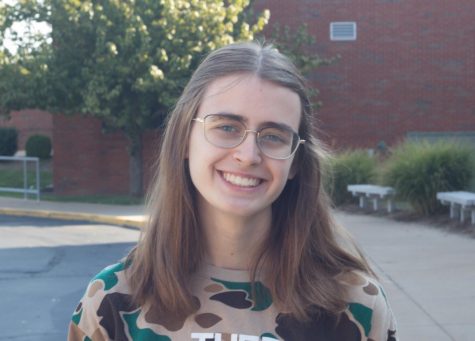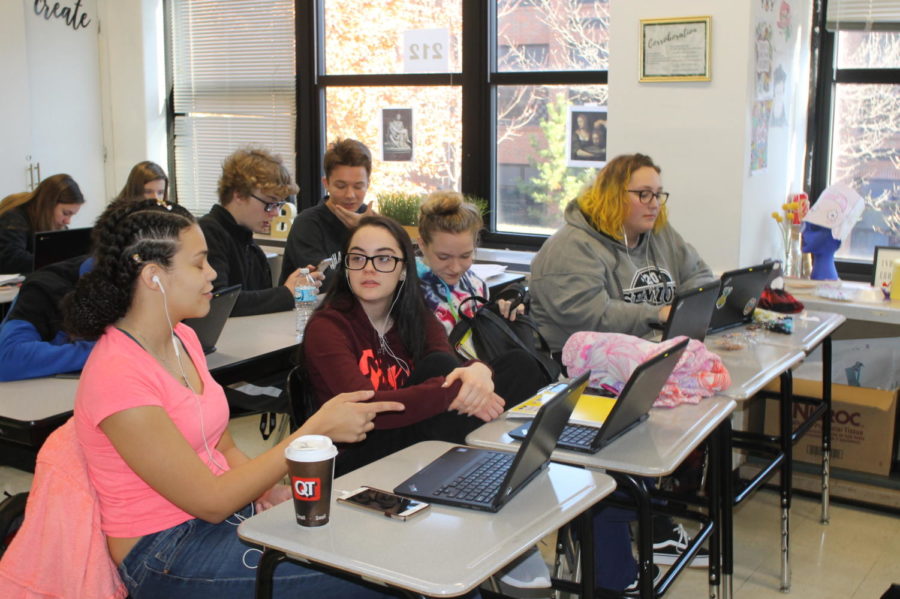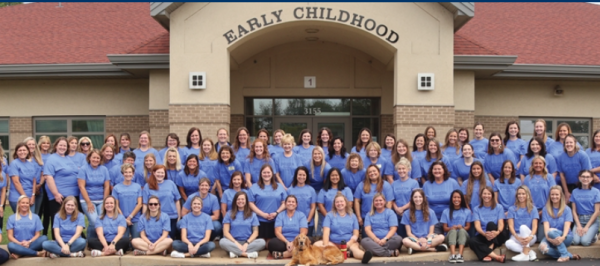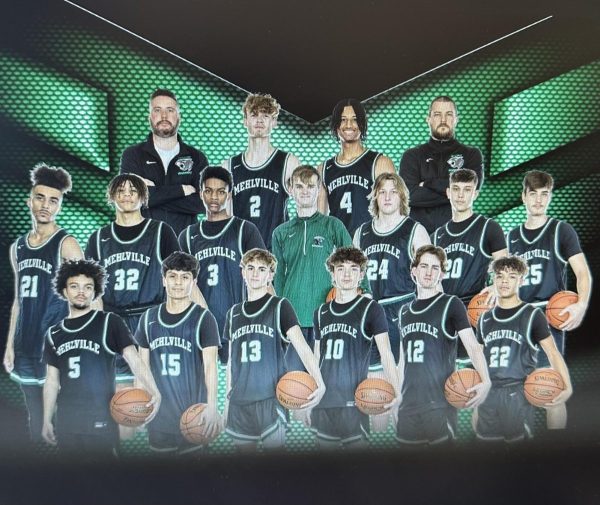More than Meets the Ear
Photo by Raena Hunter Doty
Many students listen to music with earbuds during class.
One thing that most teenagers have in common is they like to listen to music and enjoy it with no other thought put into it. Students put on their earbuds or headphones and just listen to their favorite songs. Well, more goes on than what meets the eye or ear.
A survey conducted by Mehlville Media about music gathered 223 student responses. Of those responses, 78% of the students said that they listened to upbeat music, while the other 22% listened to calm music. In the same survey, the majority, 87.7%, work on homework/class activities with music on.
A study by Oxford shows research in which changes in heart rate and pulse rate can be shown through the BPM, beats per minute or tempo of the song.
According to the study, “In general, stimulative music – characterized by fast, loud, staccato passages – tend to cause an increase in heart rate (HR) or pulse rate (PR), while sedative music – characterized by slow, soft, legato passages – tend to cause a decrease.”
There is no study that ultimately proves this good or bad, but multiple studies show that slower songs tend to make people feel relaxed, which can help with sleep. Faster music tends to help energetic activities, like exercise. It can affect people in different ways.
Music also has a role in shaping someone’s personality, thoughts and ideas, especially in one’s teenage years.
An article from the National Association for Music Education elaborates on this idea through a study. The study states that music influences adolescent development because it hits areas of socialization, emotion regulation, personality, motivation and positive development,
“While young children are fairly open to listening to different kinds of music, teenagers have developed a definite preference for certain styles and are usually drawn to music that has similar features as their preference.”
For psychology teacher Courtney Black, she uses music to bring specific energies to her classroom.
“Apart from helping me set a tone for a lesson, music brings people together. My students are better communicators with each other because of the music. Often a song will come on and two students who may have never spoken to each other before sing along and start a conversation,” said Black.
Students seem to share the same positive opinions on music.
“It helps me feel relaxed and it helps me focus on things. It makes me happy,” said junior, Aida Hodzic.
Music has an impact on many teenagers’ lives, so next time you’re listening to music, consider how it’s affecting you.

Amna Nukic is a senior. She has been involved with the journalism program since her sophomore year and enjoys writing. Other than writing, her other interests...











